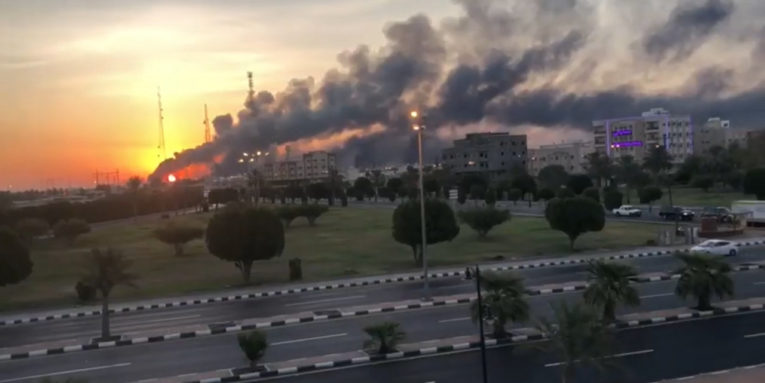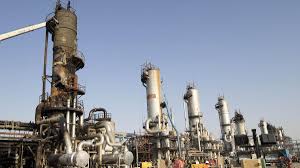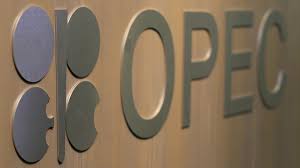Spare Capacity is Power! The strike aimed to strip Saudi Arabia of that power!

Anas F. Alhajji
There’s nothing new about targeting oil facilities in times of war and geopolitical conflict. But last weekend’s strikes on the Abqaiq and Khurais facilities in Saudi Arabia were unique for two reasons: Their objective was to reduce Saudi Arabia’s spare capacity, and the size of the outage was the largest in history.
Oil as a Target
There’s a long global history of putting oilfields, oil facilities, pipelines and tankers in the crosshairs in times of conflict. World War II destroyed a massive number of oil facilities and tankers around the world — making oil both a victim of the war and one of the tools of victory, through the widespread use of petroleum-fueled jet planes, tanks and other front-line combat vehicles.
Saudi Arabian oilfields were attacked as long ago as October 1940 in an Italian air raid that made aviation history for the length of the bombers’ flights. But one pilot mistook the flares of Dhahran for the objective — Bahrain’s refinery — and hit Saudi Arabia instead!
Oil has been a target in both internal and external conflicts in other places including Romania, Russia, Indonesia, Brunei, Iran, Iraq, Colombia, Yemen, Sudan, Nigeria, Algeria, Libya, Venezuela, Syria and Kuwait. There have even been attacks on U.S. and Canadian pipelines.
So what makes Abqaiq and Khurais different?
Objective of the Attacks
Attacks on oil facilities and tankers are typically intended to inflect harm and prevent the enemy from getting the fuel that is crucial to any wartime activity. But there’s a bigger picture when it comes to the Abqaiq and Khurais strikes.
Saudi Arabia has established itself as a reliable and dependable supplier of oil to the world. But it’s more than that. The kingdom has also taken on the role of swing producer, meaning it steps in to raise or lower production to eliminate extreme volatility in the oil market.
These two strategic objectives, which form the core of Saudi Arabian oil policy, require the kingdom to keep its spare production capacity large. Spare capacity gives Riyadh its global political, strategic and economic clout. Spare capacity is power! And the strike on Abqaiq aimed to strip Saudi Arabia of that power!
The attacks made the rest of the world feel the pain by triggering oil shortages and extreme price volatility. Oil-consuming countries were particularly alarmed, and U.S. President Donald Trump authorized the withdrawal of crude oil from the U.S. Strategic Petroleum Reserve if it was needed.
To restore its spare-capacity power, Saudi Arabia pledged to act quickly and do whatever it took to bring back production and return normalcy to the oil market. It’s been more successful than some pundits expected, ramping up output faster than anticipated.
At a press conference on Tuesday, the Prince Abdulaziz Bin Salman, Energy Ministry, announced that exports won’t be affected in September, the kingdom will return to pre-attack production levels by the end of October and total capacity will be restored by the end of November.
These pledges caused oil prices in the global market to return to near pre-attack levels. Even if the Saudis don’t exactly achieve these goals, the timeline is much faster than many media outlets and experts had speculated.

Doubts about Restoration
Actual repairs to Saudi Aramco’s facilities may in fact take months. But the company has the tools to trigger a faster recovery in supplies and production. They include redundancies in the system, oil inventories inside and outside Saudi Arabia, the ability to divert oil and NGLs from domestic refineries and petrochemical plants, and the availability of spare capacity at other fields.
Doubters underestimate Aramco’s ability to work around its repairs and seem to confuse supplies with production. Supplies could come from storage or a diversion of crude from the domestic market. So restoring supplies isn’t the same thing as restoring output and working around repairs is not the same as working on repairs.
Doubters wanted to see details of the damage. The fact is, Aramco and Saudi government, and any other government for that matter, will never release any details on the damage for fear it helps the attacks perfect their game in the future. Discounting the Saudi timeline on the recovery efforts on the basis that Saudis did not provide details of the damage shows lack of understanding of the bigger picture.
Security of Oil Facilities
The events in Saudi Arabia last weekend have also highlighted another issue: The security at oil facilities around the world has failed to keep up with advances in geomatics engineering, smart phone applications, and drones. So what happened in Saudi Arabia can happen anywhere. Abqaiq and Khurais may be a much-needed wakeup call to the oil industry — to all strategic establishments, for that matter — to a new reality: They must determine how to upgrade their existing conventional fortifications to keep up with new technological dangers.
Conclusion
Saudi Arabia has proven once again that it is the most important oil producer in the world, even if it’s not the largest. The attackers wanted to downgrade the kingdom’s role in the world. It’s clear that they failed miserably.












Comment